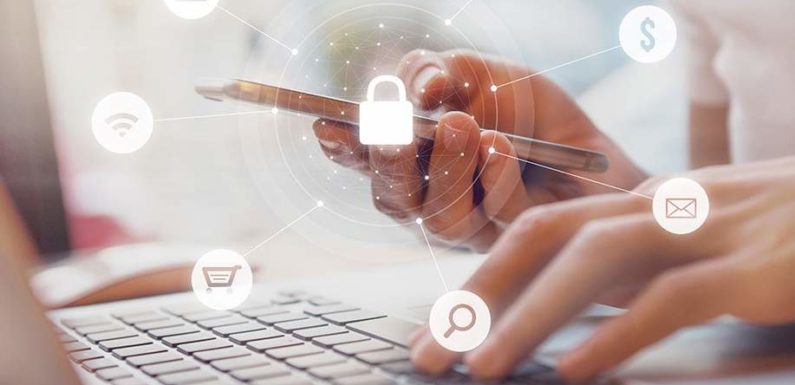
The steady creep of cybercriminal activity is infecting almost every aspect of the online ecosystem. Because of the serious threats that exist today, organizations of all sizes and across every sector need to take action and outwit their foes wherever possible.
With that in mind, here are some of the best practices that should be adopted by any firm that wants to adequately defend itself in an era of rampant cybersecurity issues.
Invest In Professional Protection
Skimping on security spending could leave mission-critical systems exposed and allow attackers to steal data and cause mischief unchecked.
This year there will be an 8.7 percent rise in spending on cybersecurity solutions, so it makes sense to prioritize investment in professional services designed to deflect the efforts of hackers.
As you can see in this article from Betterdefend, there are a lot of providers to choose from, including big name brands like Microsoft as well as specialist vendors like FireEye.
Master The Internet Of Things
Smart devices which offer advanced functionality via an internet connection are becoming more common in offices around the world. Forming the Internet of Things (IoT), these web-enabled gadgets are also a serious concern from a security perspective.
Cybercriminals regularly attempt to compromise IoT hardware and leverage it for DDoS attacks. The issue is so prevalent that the Japanese government is even intending to carry out its own IoT hacking campaign, primarily with the idea of making vulnerable devices more secure, rather than creating a botnet of its own.
Attempts to shore up IoT security are being made at the moment, and for businesses, the answer could lie with cloud computing. There are some drawbacks and complications to overcome, but avoiding complacency over the risks associated with embracing IoT devices in the workplace is the best way to stay on top of them.
Train Employees
When it comes to cybersecurity, the weakest link is not usually some software solution or hardware sub-system, but the human users that rely on them to fulfill their professional obligations from day to day.
Because human error is the main cause of data breaches, organizations need to prioritize the education of employees with regards to the threats they face when using internal systems, as well as the problems that could be caused by personal devices and portable hardware.
The accidental installation of infected apps that lead to malware infestations and even ransomware stick-ups tend to be due to negligence and forgetfulness, rather than deliberate acts of cybercrime. Training staff and reinforcing best practices on a regular basis is the only way to address this.
Backup Data
There are lots of reasons to retain comprehensive backups of the information that your organization needs to operate effectively, with cybersecurity being just one of them.
As well as being able to restore data that is lost or stolen in an attack, by keeping regular backups you are also accounting for the likelihood of a catastrophic hardware failure or other disasters that might befall your storage infrastructure.
The affordability of cloud storage means that backing up data and keeping it in a secure remote location is no longer expensive, but can, in fact, be achieved by even the smallest firms.
Embrace Multifactor Authentication
Even if your employees are properly trained in the best practices to combat cybercrime, it makes sense to have solutions in place which make sure they stick to the right path.
Multifactor authentication is becoming more popular in this regard since it means that you are not solely reliant on a potentially weak password-based login system to allow access to mission-critical apps and information.
Using passwords in combination with things like PIN numbers, or requiring employees to enter the contact number of their mobile device to double down on security is a good option.
Ultimately the most important aspect of all cybersecurity efforts and best practices is the need to be proactive, rather than assuming that your organization is safe until something goes awry. Recovering after a breach is a time consuming, costly process, which is why it is better to pre-empt issues and head hackers off at the pass rather than allowing them to cause mayhem unhindered.

